Exhibition dates: 5th July – 13th September 2015
Elizabeth Conrad Hickox (Karuk)
Somes Bar, California
“Fancy” lidded basket
c. 1917-1926
Conifer root, maidenhair fern stems, porcupine quills, hazel shoots
Courtesy American Federation of Arts Diker no. 445
Just one word: glorious.
And to think, these disparate cultures were nearly wiped out through genocide enacted upon them by the white race.
Marcus
Many thankx to the Amon Carter Museum of American Art for allowing me to publish the art work in the posting. Please click on the photographs for a larger version of the image.
Drawn from the celebrated American Indian art collection of Charles and Valerie Diker, Indigenous Beauty: Masterworks of American Indian Art from the Diker Collection showcases approximately 120 masterworks, including fine examples of basketry, pottery, sculpture, ivories, kachina dolls, regalia, and pictographic arts from tribes across the North American continent. The exhibition provides rare access to many exquisite works from one of the most comprehensive and diverse collections of American Indian art in private hands.
Indigenous Beauty is organised by the American Federation of Arts. This exhibition was made possible by the generosity of an anonymous donor, the JFM Foundation, and Mrs. Donald Cox.
Text from the Amon Carter website
Louisa Keyser (also known as Datsolalee, Washoe)
Carson City, Nevada
Basket bowl
1907
Willow shoots, redbud shoots, bracken fern root
Courtesy American Federation of Arts Diker no. 326
Nampeyo (Hopi-Tewa)
Hano Village, Hopi, Arizona
Water jar
c. 1900
Clay, slip
Courtesy American Federation of Arts Diker no. 824
Ancestral Pueblo
New Mexico
Water jar
c. 1150
Clay, slip
Courtesy American Federation of Arts Diker no. 313
Old Bering Sea III culture
Bering Strait region, Alaska
Harpoon counterweight (Winged object)
5th-9th century
Walrus ivory
Courtesy American Federation of Arts Diker no. 731
Niimiipu (Nez Perce)
Oregon or Idaho
Man’s shirt
c. 1850
Hide, porcupine quills, horsehair, wool, glass beads, pigment
Courtesy American Federation of Arts Diker no. 666
Julian Scott ledger Artist B (Ka’igwu [Kiowa])
Kiowa and Comanche Indian Reservation, Oklahoma
Twelve High-Ranking Kiowa Men
Nd
Pencil, coloured pencil, and ink on paper
Courtesy American Federation of Arts Diker no. 059 LD
This summer, the Amon Carter Museum of American Art presents the traveling exhibition Indigenous Beauty: Masterworks of American Indian Art from the Diker Collection. Organised by the American Federation of Arts (AFA), the exhibition is drawn from the celebrated holdings of Charles and Valerie Diker and features approximately 120 masterworks representing tribes across the North American continent. The exhibition is on view at the Amon Carter from July 7 through September 13, 2015.
“This exhibition has been shaped by the Dikers’ passion for Native American art, and their collection is renowned as one of the largest and most comprehensive in private hands,” says AFA Director Pauline Willis. “We are delighted to bring these exquisite works to Fort Worth.”
Selections from the collection have been presented previously at the Metropolitan Museum of Art (1998-2000) and the Smithsonian’s National Museum of the American Indian (2003-2006), but Indigenous Beauty showcases recent acquisitions never before seen by the public. This is the first traveling exhibition curated from this remarkable collection.
“Charles and Valerie Diker are collectors and stewards of exceptional works of art from all corners of native North America, and audiences will be awed by the transformative spirit of creativity of the First Peoples whose ‘art schools’ were their families and communities,” says Barbara Brotherton, curator of Native American Art at the Seattle Art Museum. “This traveling exhibition and accompanying catalogue will invigorate new perspectives and rich discussion about the ways in which these objects affirm cultural values and express refined aesthetic sensibilities.”
Indigenous Beauty emphasises three interrelated themes – diversity, beauty and knowledge – that relate both to the works’ original contexts and to the ways in which they might be experienced by non-Native visitors in a contemporary museum setting. The exhibition is organised in 11 sections; while the objects within each section demonstrate common formal and functional qualities, the groupings are based primarily on geographic and cultural factors, allowing the viewer to perceive the impact of historical events as well as stylistic shifts over the course of decades or centuries. The range of work represented includes sculpture of the Northwest Coast; ancient ivories from the Bering Strait region; Yup’ik and Aleut masks from the Western Arctic; Kachina dolls of the Southwest pueblos; Southwest pottery; sculptural objects from the Eastern Woodlands; Eastern regalia; Plains regalia; pictographic arts of the Plains; and Western baskets.
Diversity is underlined as an essential aspect of indigenous American art, a corrective to the notion of a homogenous “American Indian” cultural and ethnic identity.
“Visitors to the exhibition are reminded that there is not just one North American Indian culture but hundreds of unique groups whose languages, mythologies and customs have evolved over the centuries,” says Andrew J. Walker, director of the Amon Carter. The comprehensive nature of the Dikers’ collection allows for this broad view of Native American art in all its complexity and historical specificity.”
A hallmark of the Diker Collection is the beauty and visual richness of the objects it comprises. The concept of formal beauty is the oldest and perhaps the strongest link between the material cultures of indigenous people and those of the Euro-American West. All known Native American languages include words that signify beauty or aesthetic quality, and many have more than one term to convey these concepts. For instance, in the language of Anishinaabe peoples which includes the Ottawa, Ojibwa or Algonquin, the word miikawaadiziwin refers to physical comeliness or handsomeness, while bishigendaagoziwin denotes beauty of a more spiritual and ethical nature. Such nuanced vocabularies influence the creation of objects within Native communities, each with its own criteria for technical excellence and aesthetic merit.
Cultural knowledge is inseparable from the practices of traditional art making in Native communities. From their elders, artists learn techniques for gathering and processing materials; production methods; a repertory of designs and patterns and the meanings they may contain; and often songs, prayers and rituals that are closely tied to art making. Over the last few decades, increased scholarship and closer collaborations between museums and Native communities have resulted in the recovery of knowledge about how objects were made, as well as their provenance and the ways they might have been used and understood in the contexts in which they originated.
Indigenous Beauty celebrates native North American artists whose visionary creativity and technical mastery have helped preserve cultural values across generations. The artists identified as members of many tribes and nations, each the product of complex and intertwined histories; and the captivating objects they created convey the extraordinary breadth and variety of Native American experience in North America. The exhibition shows both the deep historical roots of Native art and its dynamism, emphasising the living cultures and traditions of Native American groups through to the contemporary era.
Visitors to the Amon Carter can have a hands-on experience with many of the materials the artists used to create the objects in the exhibition. Tactile boards with several authentic materials (such as buffalo hide, abalone shells and seed beads) will be available for visitors to interact with while viewing the artworks.
Indigenous Beauty: Masterworks of American Indian Art from the Diker Collection is organised by the American Federation of Arts. This exhibition was made possible by the generosity of an anonymous donor, the JFM Foundation and Mrs. Donald M. Cox. The guest curator, David Penney, is an internationally recognized scholar of American Indian art. A fully illustrated catalogue presenting new research on the objects in the exhibition will include an essay by Penney, and contributions offer insight into the visual and material diversity of the collection, providing a greater understanding of the social and cultural worlds from which these works came. The catalogue will retail for $55 in the Museum Store. After closing at the Amon Carter, the exhibition travels to the Michael C. Carlos Museum at Emory University (October 8, 2015 – January 3, 2016) and Toledo Museum of Art (February 14 – May 11, 2016).
Press release from the Amon Carter Museum of American Art website
Muscogee (Creek)(?)
Georgia or Alabama
Pipe bowl
c. 1780
Wood, brass (?), ferrous nails (?), tin
American Federation of Arts Diker no. 531
Anishinaabe, Ojibwa
Ontario
Shoulder bag (without strap)
c. 1820
Hide, porcupine quills, tin cones, silk ribbon, dyed hair
Courtesy American Federation of Arts Diker no. 586
Apsáalooke (Crow)
Montana
Boy’s shirt
c. 1870
Hide, glass beads, cotton fabric, wool cloth, sinew, cotton thread
Courtesy American Federation of Arts Diker no. 665
Tsimshian
British Columbia
Maskette
1780-1830
Wood, copper, opercula shell, pigment
Courtesy American Federation of Arts Diker no. 681
Yup’ik
Hooper Bay, Alaska
Mask
1916-1918
Wood, pigment, vegetal fiber
Courtesy American Federation of Arts Diker no. 788
Ancestral Columbia River people
Washington State or Oregon
Figure (Pendant?)
3rd-13th century
Antler
Courtesy American Federation of Arts Diker no. 529
Tlingit, Chilkat
Klukwan, Alaska
Tunic and leggings
late 19th century
Cedar bark, wool, metal cones
Courtesy American Federation of Arts Diker no. 795
Zuni
New Mexico
Situlilu (Rattlesnake) Katsina
1910-1930
Cottonwood, pine, gesso, pigment, dyed horsehair, cornhusk, cotton cord
Courtesy American Federation of Arts Diker no. 835
Hopi
Arizona
Qötsa Nata’aska Katsina
1910
Cottonwood, cloth, hide, metal, pigment
Courtesy American Federation of Arts Diker no. 831
Amon Carter Museum of American Art
3501 Camp Bowie Boulevard
Fort Worth, TX 76107-2695
Opening hours:
Tuesday, Wednesday, Friday, Saturday:
10 am – 5 pm
Thursday: 10am – 8pm
Sunday: 12am – 5pm
Closed Mondays and major holidays.


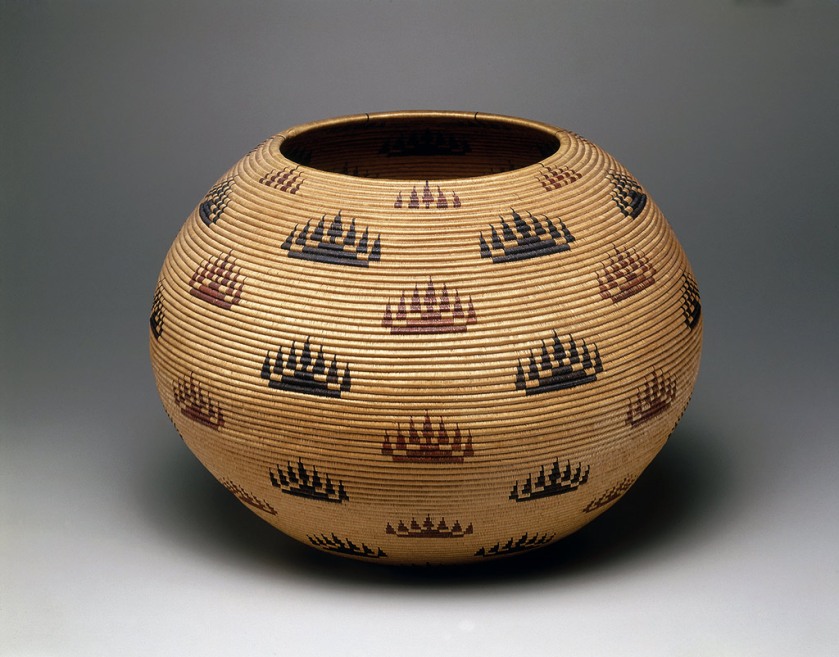
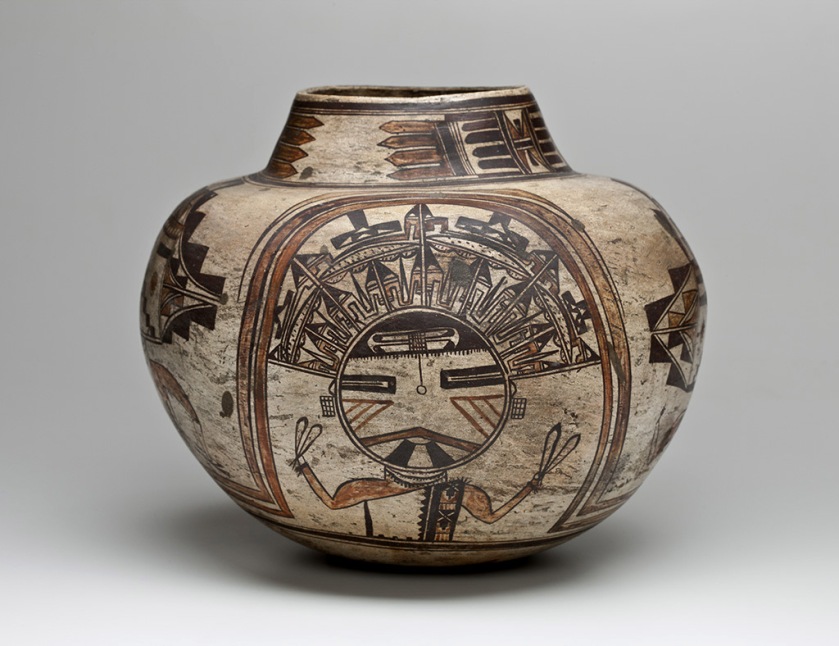


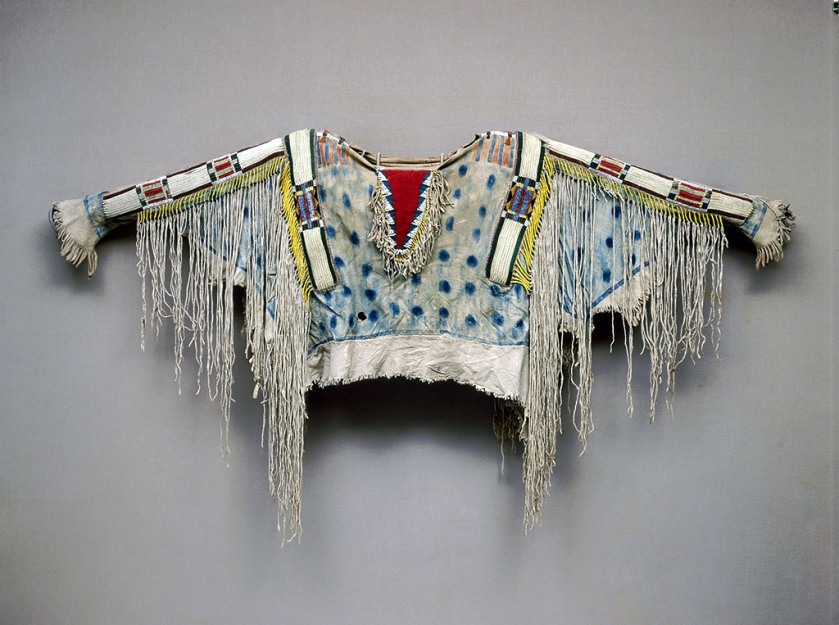
![Julian Scott ledger Artist B (Ka’igwu [Kiowa]) Kiowa and Comanche Indian Reservation, Oklahoma. 'Twelve High-Ranking Kiowa Men' Nd Julian Scott ledger Artist B (Ka’igwu [Kiowa]) Kiowa and Comanche Indian Reservation, Oklahoma. 'Twelve High-Ranking Kiowa Men' Nd](https://artblart.com/wp-content/uploads/2015/08/12_twelve-high-ranking-kiowa-men_s.jpg?w=840)

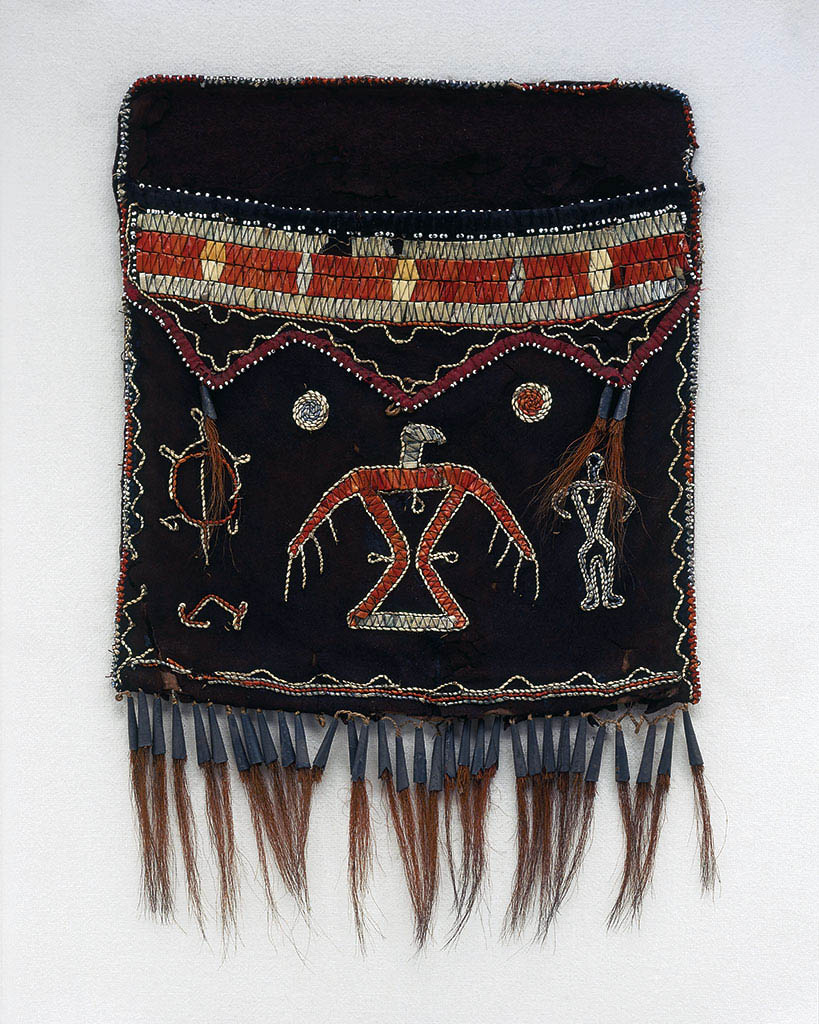





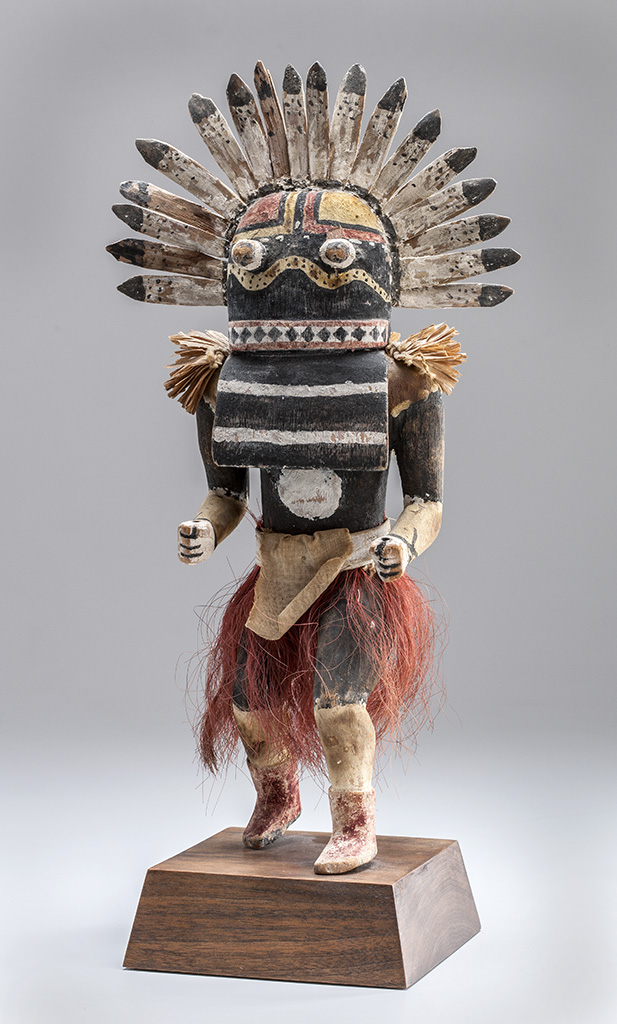










You must be logged in to post a comment.